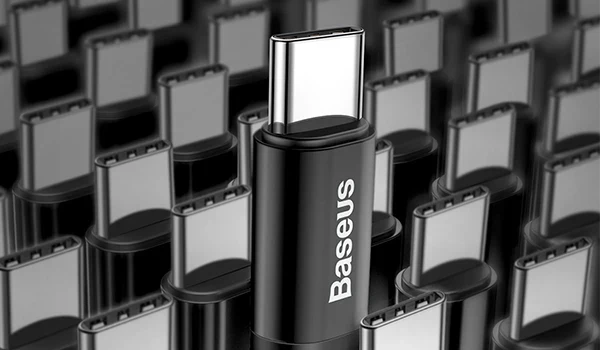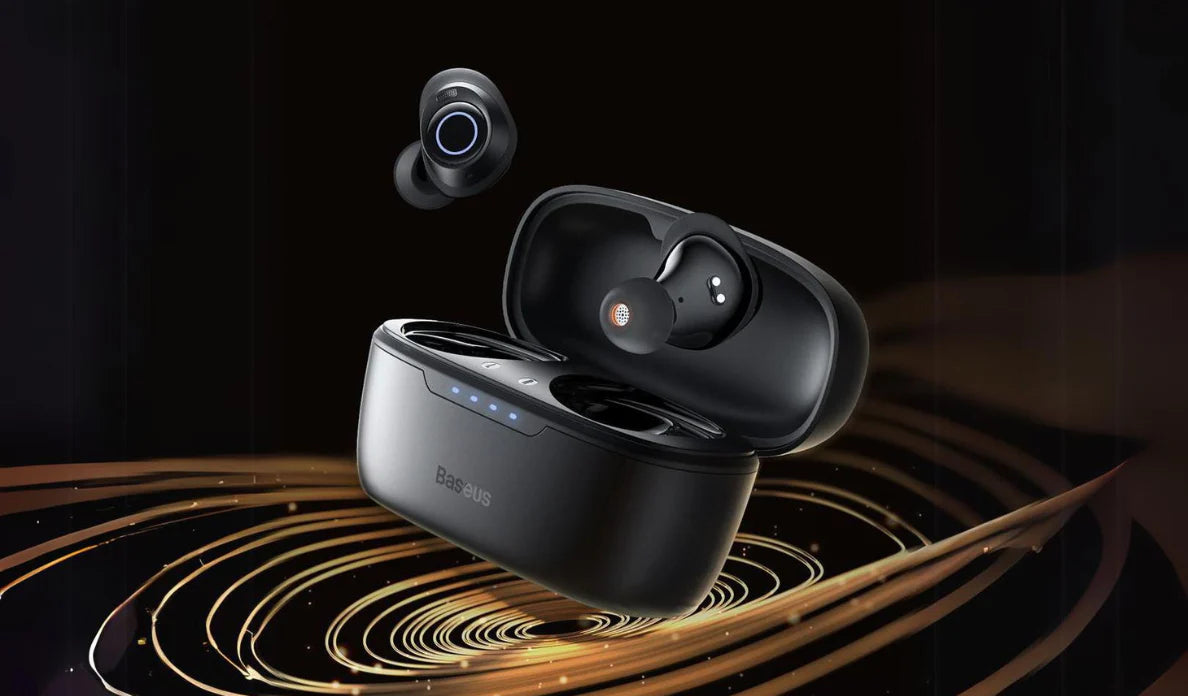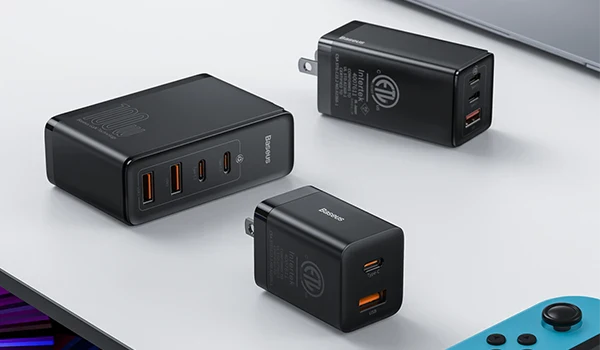You were so young and full of hope when you left for the party with just 30% battery left on your phone. A few hours later, that little battery symbol has begun taunting you as it creeps down to 25% battery—10%, then 2%. You're more than a little tipsy, and you need your favorite rideshare app to get home.
You aren't getting out of this one without borrowing a charger. Do you even know what type of charger you need? Will you be stuck at this party for all eternity with a dead brick of a phone?
We bet you wish your phone was USB-C compatible.

What is USB-C? It's the latest trend in universal charging technology, and it's beginning to look like it's here to stay. Rather than desperately rooting around for the right charger, you'll be able to borrow nearly any USB-C fast charger and return to full power in minutes.
We've created this guide to help tech fiends like you better understand the future of universal, high-speed charging and how it might impact your favorite devices—and your planet.
Read on to learn all about the USB-C benefits you'll experience the next time you pick up a new phone or tablet.
What Is a USB-C Port, Anyway?

You might know your charging port as "that weird hole at the bottom of the tablet where you stick the party end of your charger."
You might also think of it as "the spot on the bottom of a phone where you humble yourself by consistently attempting to plug in the charger upside down."
In contrast, a USB-C port is universal and reversible. Once you've plugged your device in, it will charge twenty times faster than your old-school charger. Unlike old-fashioned USB-A or micro-USB ports, USB-C has 24 pins, with 16 designated for lightning-fast data transfer.
Not every USB-Charger is equal, however. When shopping for a USB-C charger, look for the number that follows.
The higher the number, the faster your device will charge, with USB-C 4 being the current gold standard. A USB-C 4 charger can clock up to 40 Gbps, or billions of bits per second.
In other words, it's really, really fast.
With that said, USB-C technology is continually improving, with speeds increasing exponentially with each new generation. This technology is rolling out slowly, but its potential is telling. Most folks who make the switch don't want to return to slow, confusing chargers—and they might not have to.
Will USB-C Replace USB-A?
USB-C charging technology is slowly but surely beginning to replace USB-A and Micro-USB. It's becoming mainstream in most markets. If you use the same pill-shaped charger for all your devices, you might already be using this technology.
Europe is on the cutting edge of this shift, with legislation requiring all cameras, phones, and tablets to feature a USB-C port by 2024 and all laptops to be USB-C compatible by 2026. American senators are following suit, and there may be a similar requirement in the United States in the near future.
All that to say, your USB-A and Micro-USB chargers are on their way to becoming obsolete (if they aren't already).
Apple products are the current exception, as the tech giant is resisting this change to the detriment of its dedicated fans. Your iPhone and iPad use a lightning charger instead. Apple might pretend to be on the cutting edge, but their chargers only reach speeds of 480 Mbps (the pathetic equivalent to 20-year-old USB chargers).
If you pick up a new high-speed charging cable, you'll be making an investment that will become increasingly useful as time passes.

The Benefits of the USB-C Revolution
USB-C technology is more convenient for you, personally, but that's not a compelling enough reason for entire nations to require standardization. This change also has implications for sustainability and the climate crisis. When consumers only need one charger for all devices, they reduce e-waste and remove the financial burden from consumers.
You might have a junk drawer packed with cords you saved "just in case." Manufacturers used a lot of energy to make and ship those sad, lonely cables, only for them to end up as a tangled mass of trash. Have you ever wondered where those cords go when you finally get rid of them?
Our landfills are currently filled to the brim with obsolete chargers and cables. They are impacting aquatic ecosystems and making their way into our food and water sources. That charger you saved "just in case" may end up in your tap water in a few years.

You won't have that problem when all your devices become USB-C compatible. You can charge all your devices on one easy, clutter-free USB-C power strip. Manufacturers will produce fewer chargers, and you won't need to buy new ones whenever you pick up a new piece of tech.
USB-C Charging Is the Future (And the Present)
One day, when you're old and gray, your great-grandchildren might gather around you and ask what charging a phone was like when you were a child. They'll gasp when they learn that nearly every device requires a unique charger. Once USB-C technology hits the mainstream, charging your device will be an easy, fast, and universal experience.
If you have a USB-C device, the future begins now! This is the perfect time to explore the connectivity benefits, increased data speed, and simplicity of the humble USB-C port. Browse our selection of USB-C charging devices, and you'll never get stranded at a party again.



